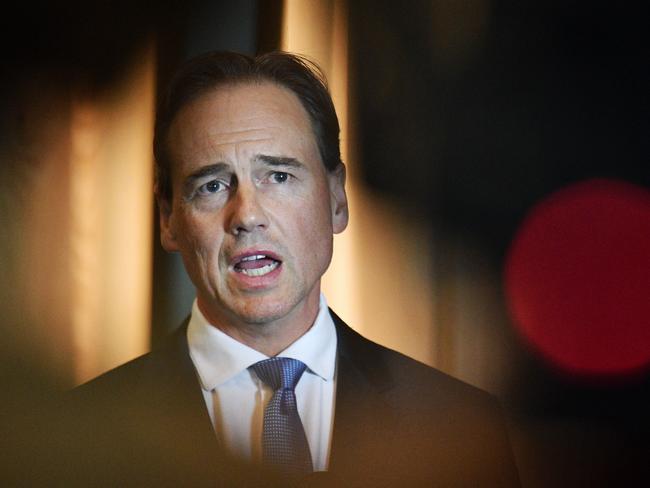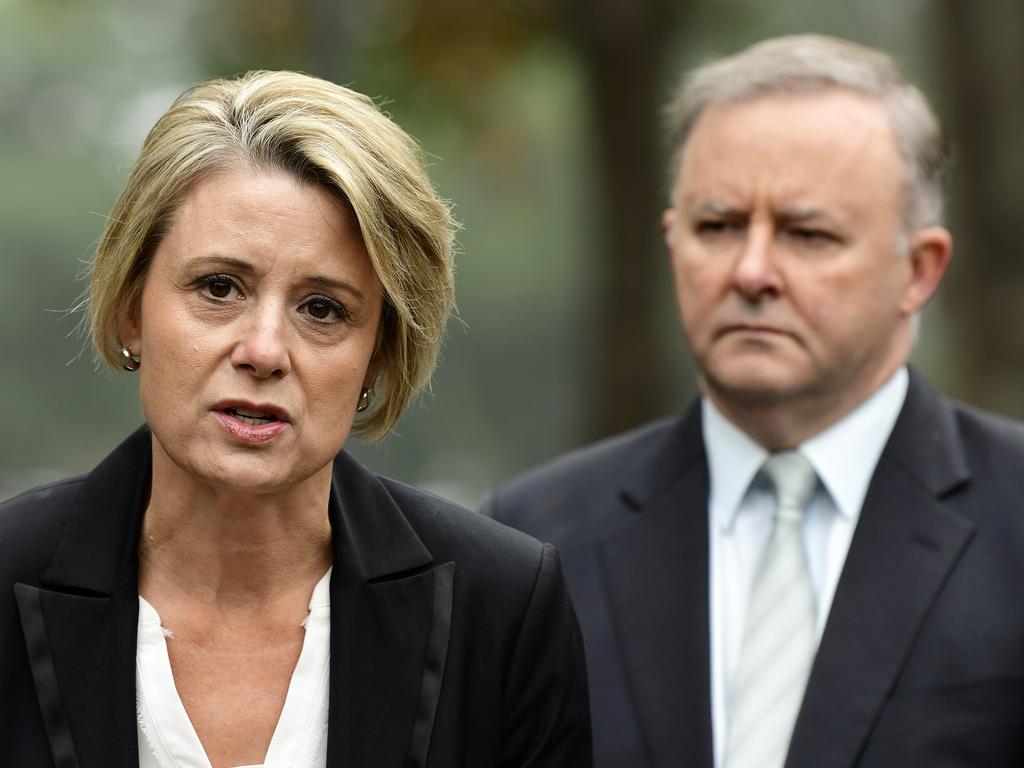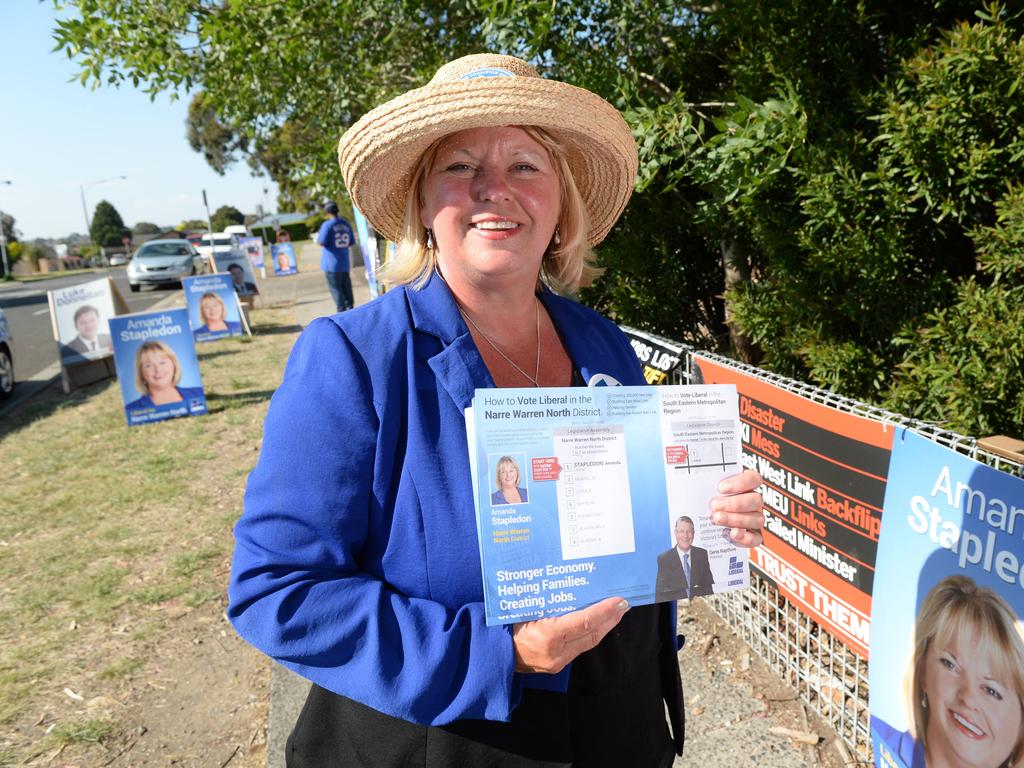Greg Hunt’s prostheses deal to save on health insurance
An agreement reducing cost of prostheses by more than $900m a year will save families up to $50 a year on private health premiums.

Families are set to save up to $50 a year on their private health insurance premiums after the federal government struck a deal with medical device companies to reduce the cost of prostheses by more than $900m over four years.
Under the deal, medical device suppliers agreed to reduce the difference between the cost of prostheses in the private system by an average of 10 per cent to bring prices of devices down to levels more comparable with what patients in the public system pay via Medicare.
Currently, medical devices supplied in the private system are 17 per cent more expensive on average to those supplied in the public system; under the deal, the difference in cost will be brought down to an average of 7 per cent.
Some devices will continue to cost 20 per cent more in the private system under a clause in the deal that caps the amount of reductions to some more expensive devices on the Prostheses List such as pacemakers, which require regular technical servicing.
The Prostheses List sets the minimum price that insurers must pay hospitals for a surgically implanted prosthesis received by a private patient in a privately insured episode of hospital treatment.
At present, the prices for certain medical devices on the Prostheses List are in some cases 145 per cent higher in the private system than the public, according to the federal government.
Private health insurers have been lobbying the government to reduce the amount they must pay for medical devices in benefits, arguing that it had been a key reason for upward pressure on premiums.
Fourteen million Australians hold private health insurance polices, and more than 2.9 million families hold hospital cover.
More than $2.26bn was paid to insured persons for prostheses items in the year to September 2021, an increase of 7.7 per cent from the year prior.

The deal follows a $22m commitment in last year’s federal budget to reform the Prostheses List over four years in an attempt to reduce the cost of health insurance premiums.
Under a memorandum of agreement, prices for medical devices that are more than 7 per cent above public system weighted average prices will reduce by 40 per cent from July this year, and 20 per cent each year in 2023 and 2024.
General use items such as glues used in surgery will be brought down to the equivalent of public sector prices.
The deal also locks in funding for 12 months of the technical services that must be undertaken each year to pacemakers and other cardiac implantable devices, to be reviewed next year.
Consumers’ private health insurance premiums fully cover the cost of prostheses but insurers have long been blaming medical device costs for rising premiums.

The medical device industry says the excuse is bogus as the cost of many medical devices has been reducing in recent years.
Health Minister Greg Hunt said the reforms would make private health insurance simpler and more affordable.
“The government is reforming the list to better align prices in the private system with those paid in public hospitals, and comparable international markets,” he said.
“These reforms will improve the affordability and value of private health insurance for Australians by keeping downward pressure on premiums while still maintaining access to high quality medical devices. These reforms will help to continue to deliver record lower premiums changes for consumers.”
Medical Technology Association of Australia chief Ian Burgess said medical device companies would “take a hit” in profits but the industry was pleased consumer and doctor choice over prostheses would be maintained.
“Our private system is based on choice. You have a choice of your doctor or surgeon, choice of hospital, choice of when you get treated and also choice of medical technology, whereas in the public system it’s a much more centralised procurement process and there is less choice,” he said.
“The 7 per cent floor on the reductions in benefits is a specific recognition of fundamental differences between our public and private systems and therefore the pricing of devices should not be the same across those two different health systems.”
During consultations over the past year, medical device companies had sought to lock in prices that were 20 per cent higher in the private system than the public.
Private Health Insurers have promised to pass on all of the more than $900m they will save under the new deal in reduced benefits paid for medical devices.
Insurers said if the cost of medical devices had been brought to parity between the public and private systems, consumers would have saved $120 a year on premiums.
Private health insurance premium rises this year were the lowest in two decades at 2.7 per cent.








To join the conversation, please log in. Don't have an account? Register
Join the conversation, you are commenting as Logout